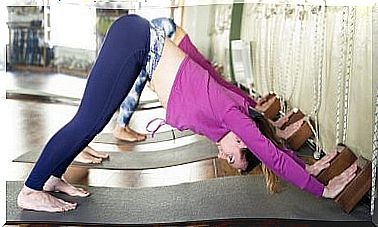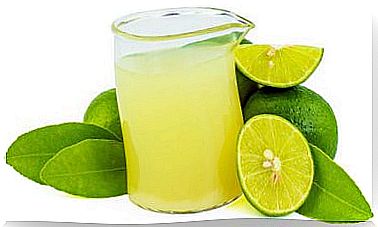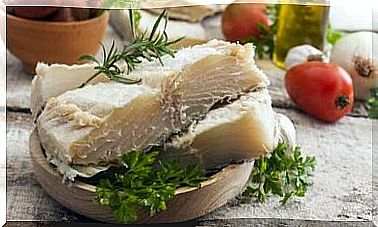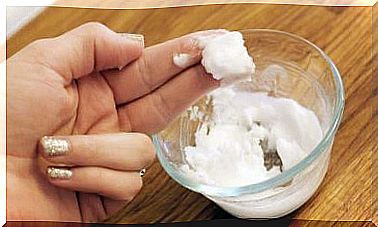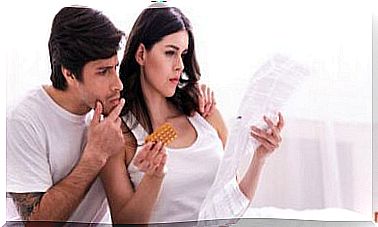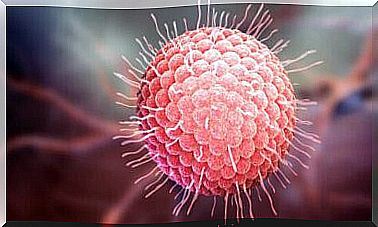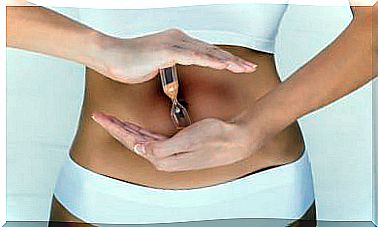Hip Wear: Symptoms And Prevention
Joint wear and tear, osteoarthritis and those musculoskeletal complaints are conditions that affect quality of life. Hip wear is one of the most frequent and dangerous, especially in women, who suffer more from this type of disease.
Actually, osteoarthritis of the hip or hip osteoarthritis affects the cartilage. It is formed by the head of the femur and the cup, that joint cavity where it fits perfectly. Around it is a complex network of muscle fibers and ligaments that bind the cartilage, acting as a shock absorber for friction.
Next, review with us the symptoms of hip wear and how to prevent it.
Causes of hip wear

As indicated in the guidelines of the Foundation and the Spanish Society of Rheumatology, the causes of hip wear are the following:
- Traumatic causes: dislocations, an injury and even a poorly healed disease can cause hip wear.
- Vascular origin: vascular insufficiency is a disease to take into account. Its origin is due, sometimes, to specific ailments that lead to osteoarthritis or dislocations.
- Congenital factors: Sometimes hip dysplasia or growth disorders can be birth defects that cause wear and tear on the hip.
- Imbalance in the skeleton: the dismetria or unequal length of the lower limbs is a common condition that causes wear in the joints.
Types of hip osteoarthritis
We must also know that hip wear can be in two ways, depending on the cause and type of ailment:
- Primary osteoarthritis: this occurs due to wear and tear over time. It appears after 60 or 65 years of age.
- Secondary osteoarthritis: it is due to local problems and joint problems due to dislocations and even poor nutrition or bone problems. Normally this occurs after 30 or 35 years.
Discover: What is the difference between arthritis and osteoarthritis?
Symptoms of hip wear

First symptoms
- The first symptom of any arthritic problem is pain. It is not only in the hip, but in the groin region. It can even extend to the front of the thigh, reaching up to the knee and radiating to the buttock.
- In the early stages it is milder and appears after a long effort. For example, after walking, running a lot, or carrying a lot of weight. When we rest the pain disappears.
- Sometimes when we move we feel a sudden creak.
Symptoms of advanced wear
- The pain becomes more intense and it is difficult to perform actions such as climbing stairs.
- When crossing the legs painful crunches are felt.
- Pain occurs at night when turning or moving.
- There is a burning sensation in the groin area.
Care for hip wear or osteoarthritis
Hip wear has no cure, so if you already suffer from it, you will have to adapt your life to this reality. There are some cares that you should have, among them:
- Maintain a good diet where you do not lack nutrients.
- Do very gentle exercises that improve mobility, without causing exhaustion.
- Follow medical prescriptions without overusing anti-inflammatories or painkillers, since they affect the liver in the long term.
How can we prevent hip wear?
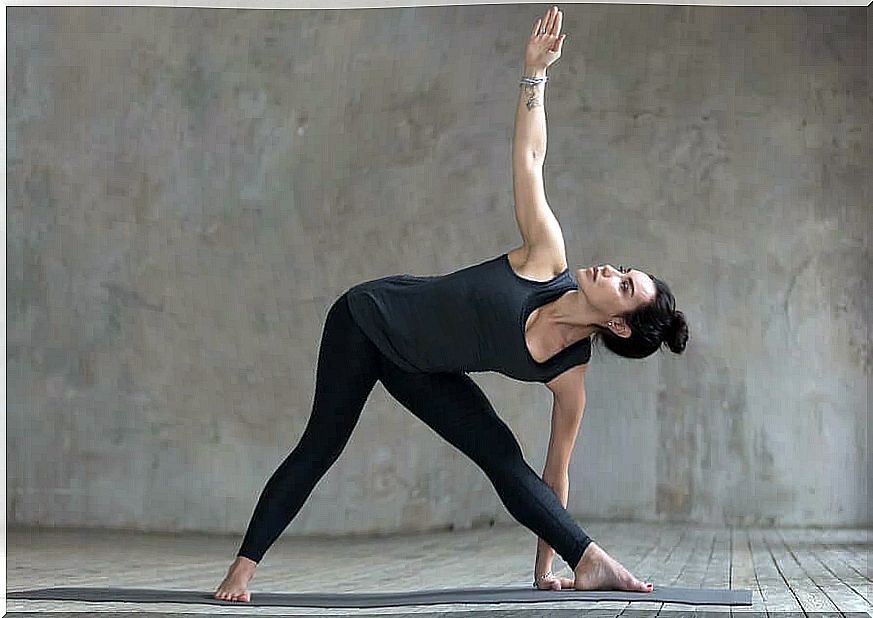
To prevent hip wear, it is worth following these recommendations:
- Always maintain a suitable weight.
- Perform gentle exercises that force your hips to move, such as walking, running, or swimming daily Running has been shown to decrease the risk of hip osteoarthritis. You could also practice yoga regularly.
- Increase the doses of vitamin C, A and D, since it helps us to synthesize collagen.
- Eat citrus fruits like mango, pineapple, carrots, melons, strawberries, and cruciferous vegetables like artichokes.
- Consume garlic, which is very suitable to reduce inflammation of the joints.
- Eat gelatin, ideal for restoring cartilage.
- Take magnesium supplements. This is essential for joint health and very suitable for general well-being. You can consult in natural stores or with your doctor to get these supplements.
- Drink at least two liters of water a day. It is essential to stay hydrated, since this also hydrates the joints and nourishes the cartilage.
- You can also take vitamin supplements such as glucosamine sulfate, very suitable for hip wear. It is a natural way to strengthen this part of the body, and bones and cartilage in general. You can consult with your doctor its benefits.
If you are suffering from the aforementioned symptoms and suspect that it may be hip wear, visit your doctor as soon as possible to begin the necessary treatment according to your case. If you do not suffer from it, remember to take into account these tips and recommendations. The best medicine for all diseases is prevention.

